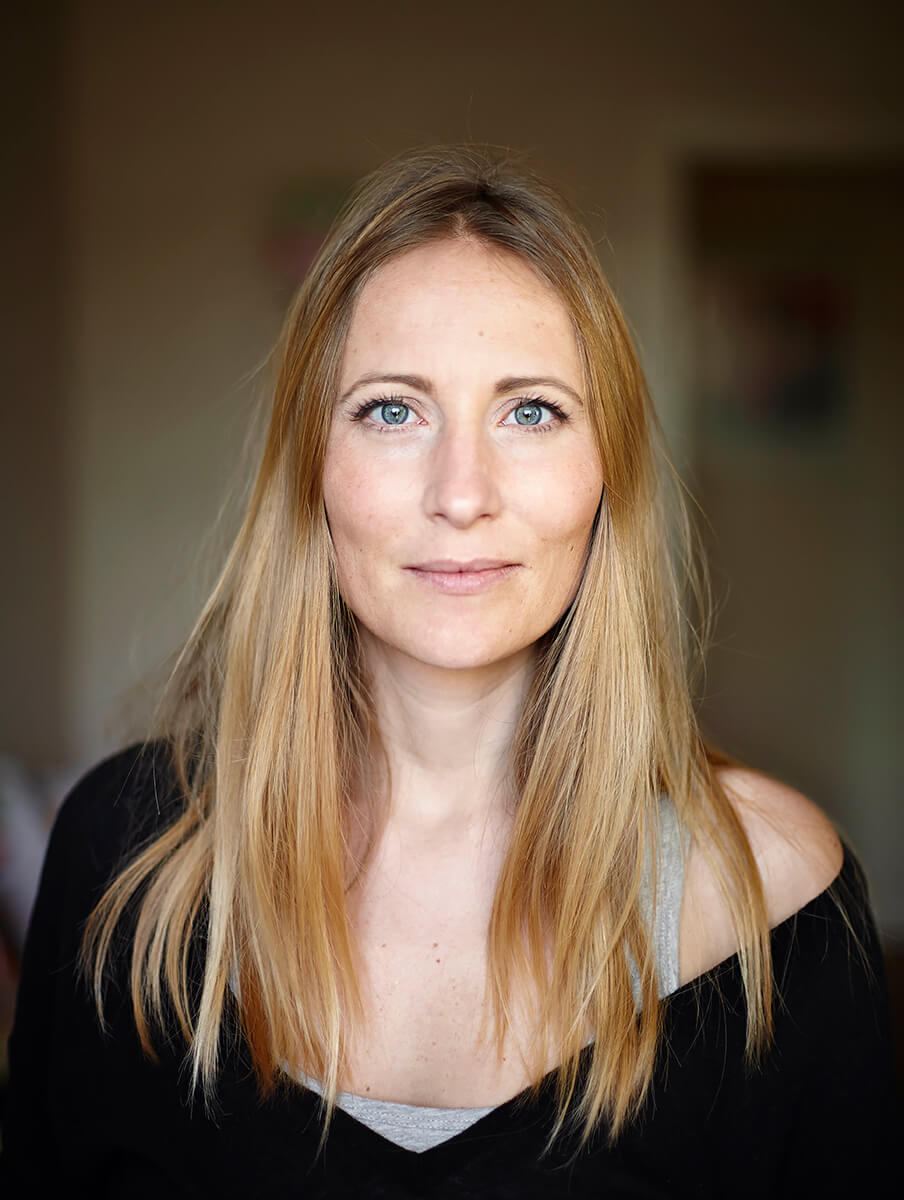Veronique de Viguerie photojournalist, mother-of-two based in Paris. After a Master of Law, fascinated by what was happening in Afghanistan, she disobeyed her parents, borrowed some money and bought a one-way ticket to Kabul. Two years after, in 2005, she was in a cybercafé, trying to file some pictures. A kamikaze entered and exploded himself. She was one of the rare survivor. She became obsessed with the idea of meeting the Taliban to understand how some men were ready to die and kill for an ideology. From that day, her pictures intend to give a face to the ones we don’t want to see, the “bad guys”, the ones on the other side: The Taliban, the pirates in Somalia, the sicarias (women killers) in Mexico, the oil pirates in the Niger Delta, the Houthis in Yemen, the MNLA in Mali, the gangs in Brazil etc… She refuses the common binary, black and white vision of the world preferring to show the grey shades in between, a world complex but always in colors.
Her work is regularly published by Paris-Match, Time, Géo, Figaro, the Guardian, Marie-Claire etc. She exhibited “Afghanistan, Insh’Allah” in Perpignan, Paris and Anger, “Yemen, the hidden war” was exhibited in Bayeux, Paris and Brussels. She published some books “Afghanistan, Regards Croisés”, “Profession: Reporter”, “Carnets de Reportages du XXIe siècle”, “Yemen, la guerre qu’on nous cache », « Iraq Insh’Allah ». In 2011, she was starring an episode of « Witness » an HBO program, following the arrow boys in Sudan in their hunt for Joseph Kony. Among her awards she received a WPP, 2 Visas d’Or, 2 prizes at Bayeux Festival for Best War Reportage, was finalist for the Anja courage award etc.
Selected Books on

